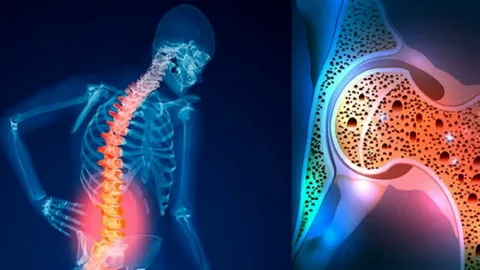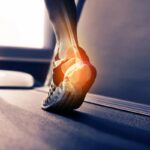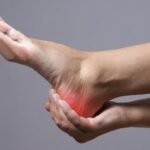
Osteoporosis is a condition that affects the strength and density of bones, causing them to become weak and brittle, and more susceptible to fractures. This condition is particularly common among older adults, especially women, but it can affect people of all ages and genders. Fortunately, there are several exercises that can help strengthen bones and prevent osteoporosis. In this article, we’ll discuss five of the best exercises to help keep your bones healthy.
- Weight-bearing exercises-
Weight-bearing exercises are any activities that require your bones to support your body weight. These exercises include activities like walking, jogging, hiking and dancing. Weight-bearing exercises are particularly effective at building and maintaining bone density because they put stress on the bones, which stimulates them to grow stronger. Aim to perform weight-bearing exercises for at least 30 minutes a day, most days of the week.
- Resistance training-
Resistance training, also known as strength training, involves using weights or resistance bands to perform exercises that target specific muscle groups. These exercises can help build muscle mass and improve bone density, particularly in the upper body and spine. Examples of resistance training exercises include bicep curls, tricep extensions, shoulder presses and squats. Aim to perform resistance training exercises for at least two to three days a week, using weights that are heavy enough to challenge your muscles.
- Balance exercises-
Balance exercises are essential for fall prevention, which is particularly important for individuals with osteoporosis. These exercises help improve stability and coordination, reducing the risk of falls and fractures. Examples of balance exercises include standing on one leg, heel-to-toe walking, and tai chi. Aim to perform balance exercises for at least two to three days a week.
- Yoga-
Yoga is a form of exercise that combines strength, flexibility and balance training. Several yoga poses are particularly beneficial for building bone density and improving balance. Additionally, yoga can help reduce stress and improve mental health, which can also benefit individuals with osteoporosis. Aim to practice yoga for at least two to three days a week.
- Plyometric exercises-
Plyometric exercises are high-intensity exercises that involve jumping, hopping, and bounding movements. These exercises can help build bone density by putting stress on the bones, similar to weight-bearing exercises. Examples of plyometric exercises include jump squats, box jumps and jumping lunges. Because plyometric exercises are high-intensity, they should be performed with caution, particularly by individuals with osteoporosis. Aim to perform plyometric exercises for at least one to two days a week.
- Conclusion-
Osteoporosis is a prevalent condition that can lead to fractures, disability and reduced quality of life. However, regular exercise can help to strengthen bones, improve balance and flexibility and reduce the risk of falls and fractures. Five exercises that have been shown to be effective in preventing and managing osteoporosis include weight-bearing exercises, resistance training, balance exercises, Pilates and yoga.
It is important to consult with a healthcare professional before starting any new exercise program, particularly if you have a pre-existing condition or are at high risk for falls or fractures. A physical therapist or personal trainer with experience working with individuals with osteoporosis can help you develop a safe and effective exercise plan.
Dr. Ashish Suryawanshi is an orthopedic surgeon who specializes in treating conditions such as osteoporosis and fractures. He emphasizes the importance of exercise in managing and preventing osteoporosis, along with a healthy diet and lifestyle. He recommends that individuals with osteoporosis or at risk for osteoporosis work with a healthcare professional to develop an individualized exercise plan that meets their needs and goals. By incorporating regular exercise into your routine, you can help to strengthen your bones, improve your balance and flexibility, and reduce your risk of falls and fractures.




